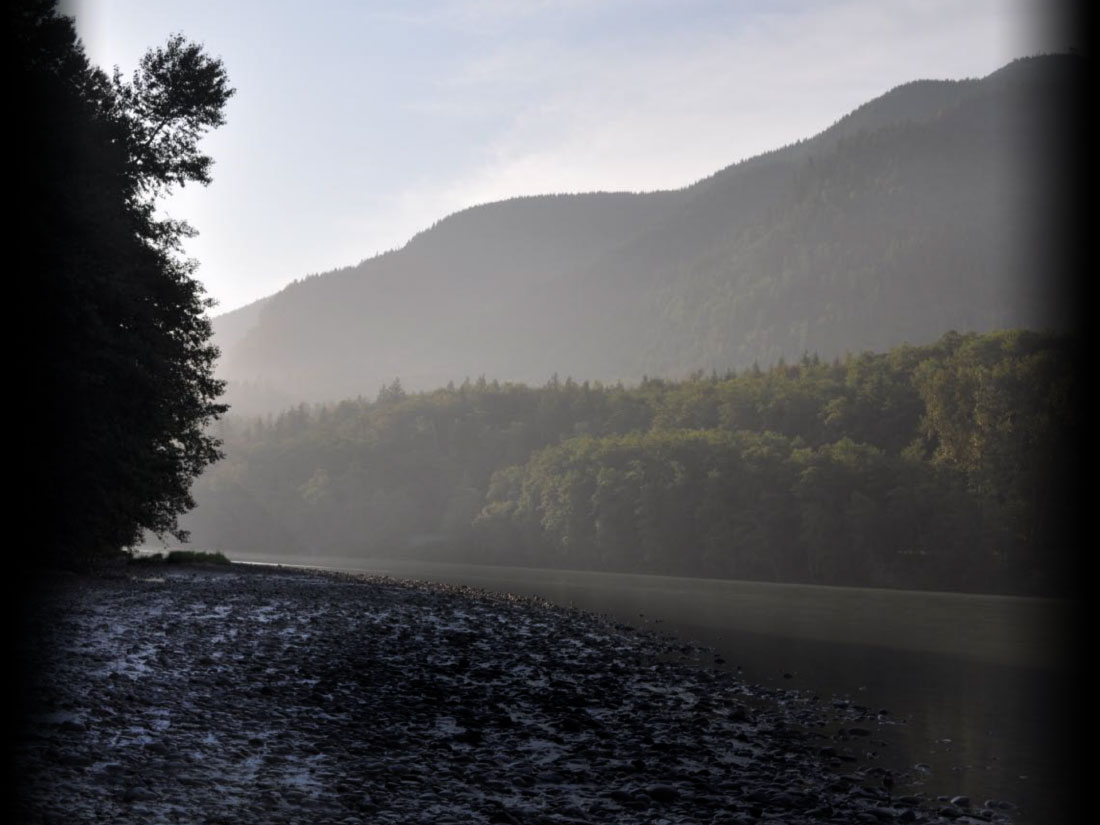The Upper Skagit Tribe’s vision of the valley spans many generations
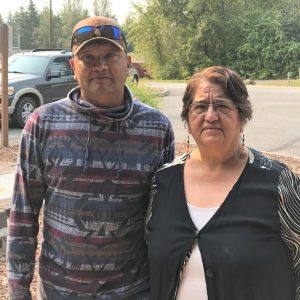 When Scott Schuyler was a kid, he learned to love summers in the Skagit the hard way. Early on, he learned that to be successful at fishing you had to be committed, so on the night before opening day of every salmon fishing season, he would take his boat to the river to try to secure his place at the front of the line. The hope was to be the first boat down the river in the morning to get the first pick of the choicest fishing spots. As night fell, he would curl up in his boat with a tarp for a blanket and try in vain to get some sleep, his head full of visions of flashing silver in the green waters of the Skagit River.
When Scott Schuyler was a kid, he learned to love summers in the Skagit the hard way. Early on, he learned that to be successful at fishing you had to be committed, so on the night before opening day of every salmon fishing season, he would take his boat to the river to try to secure his place at the front of the line. The hope was to be the first boat down the river in the morning to get the first pick of the choicest fishing spots. As night fell, he would curl up in his boat with a tarp for a blanket and try in vain to get some sleep, his head full of visions of flashing silver in the green waters of the Skagit River.
“You would spend the night waiting in your cold boat trying to sleep, but you never slept,” recalls Schuyler, who is now a tribal elder. “It wasn’t so bad in the summer even though it was cold. But in the winter, it was miserable because it would usually rain.” He laughs. “So, I love fishing in the summer.” Continue reading →
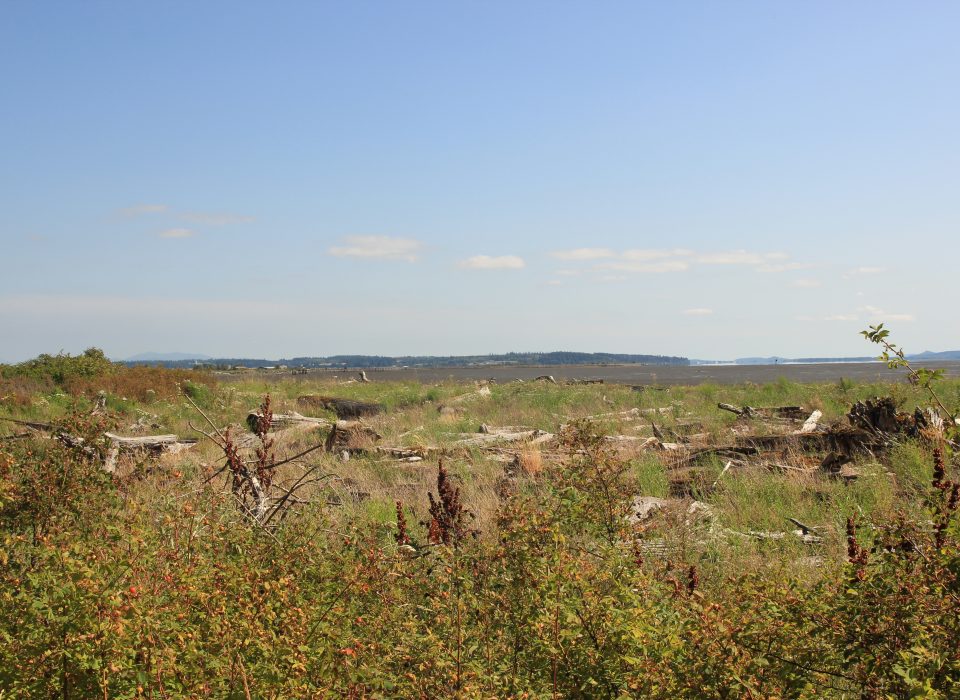 Did you hear the news? Skagit Land Trust is looking to acquire a property on Samish Island that would protect a mature second-growth forest, shoreline on Padilla Bay, and would be open to low impact public access. When I heard that the Land Trust was giving tours of this property, I had to check it out for myself. Continue reading →
Did you hear the news? Skagit Land Trust is looking to acquire a property on Samish Island that would protect a mature second-growth forest, shoreline on Padilla Bay, and would be open to low impact public access. When I heard that the Land Trust was giving tours of this property, I had to check it out for myself. Continue reading →
Featured in 2015 Skagit River Salmon Festival Program
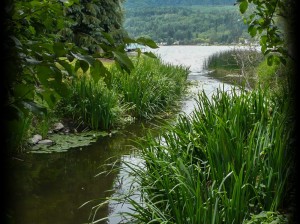
The Skagit River is home to five species of salmon and three species of trout, and produces the largest amount of these fish of all of the rivers of Puget Sound. This is largely due to its size (third largest river on the West Coast), high quality headwater areas in the Cascade Mountains, and the high diversity of habitat that juvenile fish use for rearing in its middle and lower reaches.
The Skagit produces about 50% of all the Chinook salmon in Puget Sound each year. Unfortunately, this king of the salmon is greatly reduced from historical abundance. Scientists have strong evidence that spawning conditions are abundant and of high quality in rivers and streams of the upper watershed but that the habitat in the floodplains and estuary where they grow up (or rear) limits their survival. This makes common sense because if the baby fish don’t have places to hide, feed, and grow before being swept out to Skagit Bay at a small size they are much more likely to perish. Continue reading →
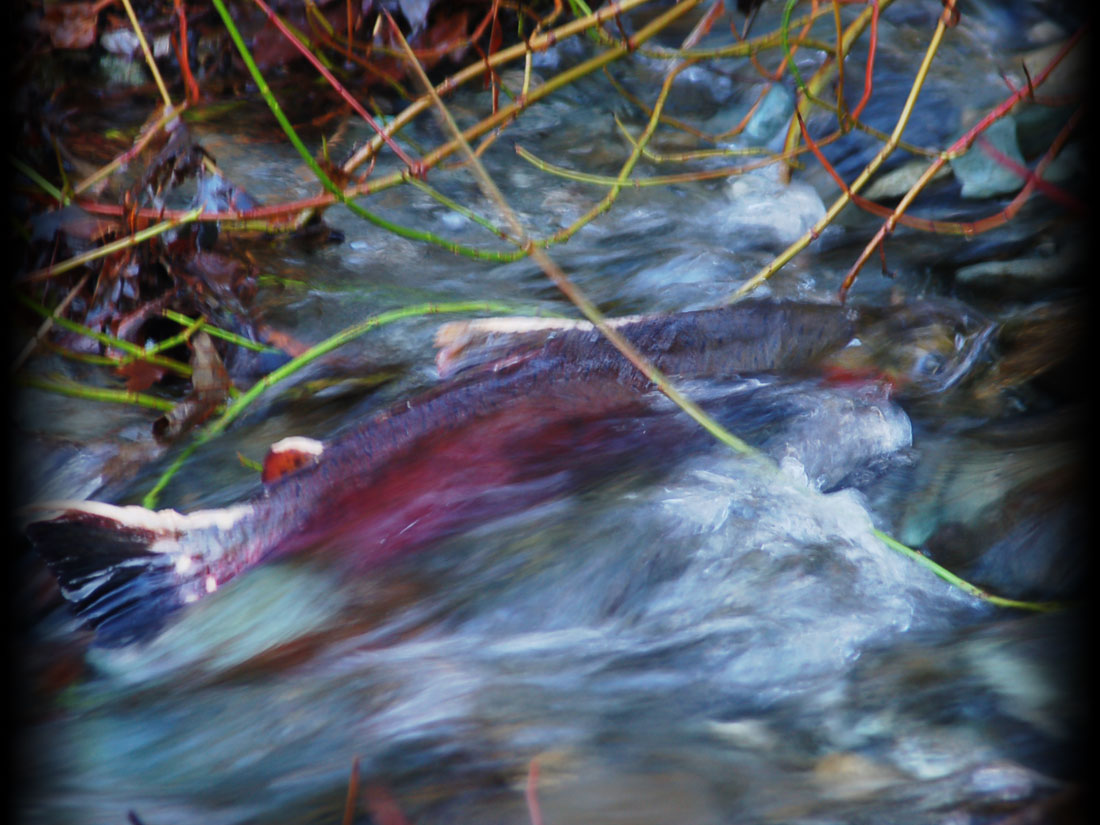
You all know by now that the mighty Skagit River is the king of salmon in Puget Sound, with all species of native salmon and trout still producing a substantial resource for people to harvest and to sustain our natural environment.
Unlike many salmon runs in Puget Sound, the Skagit’s populations are hanging on, but their health is a mixed bag and there is cause for concern. First, the good news is that sockeye salmon runs into Baker Lake are increasing significantly, providing expanded fishing opportunities for fishermen and fisherwomen in Skagit County. Steelhead are on the rise again as well following a reduction in fishing for a few years and some reforms in hatchery practices that we all hope will lead to restored fishing opportunities in 2018 in the Upper Skagit River. Bull trout are stronger in the Skagit than anywhere else in the United States. And even Chinook salmon are holding steady here. Continue reading →
815 Cleveland Ave, Suite 201
Mount Vernon, WA 98273
360-419-9326 | email
